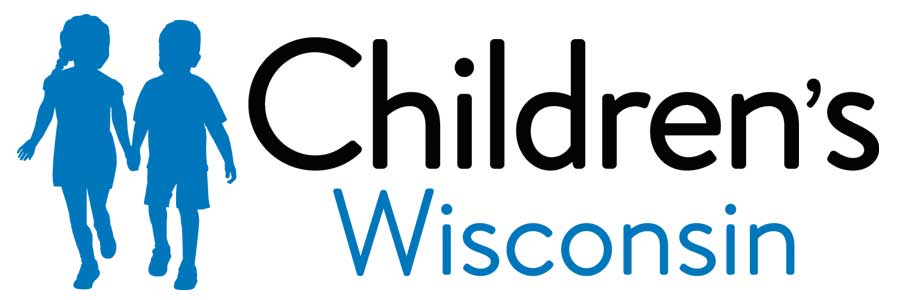Brushing Program Therapressure DPPT Program (1910)
Key points below
What is the brushing program?
When a child overreacts to a normal touch, sound, or movement it is called sensory over-responsiveness. It can involve one or more of the senses. The brushing program improves sensory processing in some children.The program uses a special soft brush provided by your child’s therapist. The brush is used to rub your child’s arms, legs and back. This program requires repetition. It needs to be done every 2 hours about 5 times a day. Do not wake your child to do the brushing program.
What do I need to know before I start?
• Use only the brush the therapist gave you.• Do not brush over skin rashes or mosquito bites.
• The stomach and face are very sensitive. Never brush your child’s stomach, face or head.
– Your child should not brush their own stomach either.
– It is okay for your child to brush their own face.
• It is best to brush directly on the skin; however you can brush over clothing. Do not brush on and off of clothing during same cycle.
• Always do joint compressions after you brush. This part of the program is explained on the next page.
What can I expect?
Your child may:• Tolerate being touched.
• Be more tolerant of and willing to participate in daily care routines.
• Want to explore toys and textures.
• Make eye contact and pay attention to what they’re looking at.
• Be better able to remain calm alert.
• Have better sleeping patterns or eating patterns. They may be more accepting of flavors, textures, and temperature of foods.
• Be better at moving from one activity to another.
Positive changes should be seen within the first few days. It may be noticed on the first day. If there is no positive change after 3 weeks, your occupational therapist should evaluate the benefit of the program.
Outcomes vary by child and some behaviors may seem worse before they get better. Do not stop the program without talking with your Occupational Therapist (OT).
How do I brush?
1. Hold the brush horizontally. Use heavy pressure to brush up and down each arm firmly and fast. Brush 10 times while holding the hand. Rotate the arm to brush around the entire arm.2. Brush the palm of each hand from palm to fingertips.
3. Brush the back up and down. Hold the brush horizontally. Hold the bottom of the shirt down if you are brushing over clothing so that shirt doesn’t scrunch up.
4. Brush each leg in the same way as the arm, holding onto the foot. Brush the front and back of each leg.
5. Brush the bottom of each foot from heel to toes.
Joint compressions
Brushing must be followed by joint compressions. Be sure joints are supported and in alignment.
How to do the compressions
1. Shoulders. Your child’s arm should be bent at the elbow. Put one hand at the top of your child’s shoulder and other hand under the bent elbow. Gently push on the elbow up toward the shoulder 10 times. Make sure your child’s back is straight and supported.2. Hand to elbow. Your child’s arm should be bent at the elbow. Hold your child’s hand in a handshake position. Use your index and middle fingers to support your child’s wrist. Stabilize the child’s elbow with the palm of your other hand and press the child’s wrist and hand in the direction of the elbow.
3. Fingers to palm. Support your child’s hand at the palm similar to a hand shake position. Gently press all 4 fingers toward the palm.
4. Hips/Knees/Ankles. Have your child lie down. Bend your child’s hip and knee to 90 degrees. Apply gentle pressure at ankle knee and hip 10 times each. Your child’s therapist will show you how.
5. Chest. Put one hand on the middle of your child’s chest, about 3 inches from the collarbone. Put the other hand on the middle of your child’s upper back. Give 3 gentle presses into the chest, keeping the hand at the back stable.
Do each joint compression exercise 10 times.
